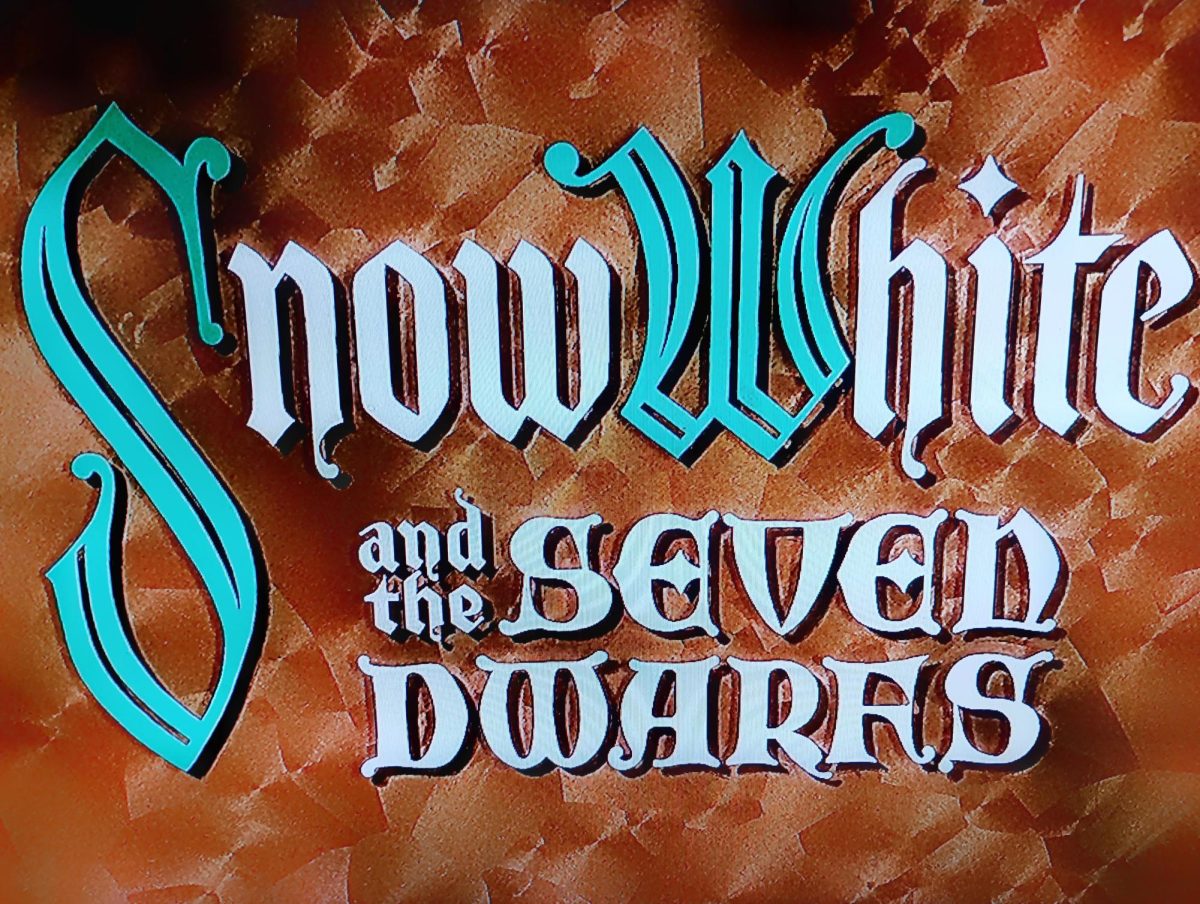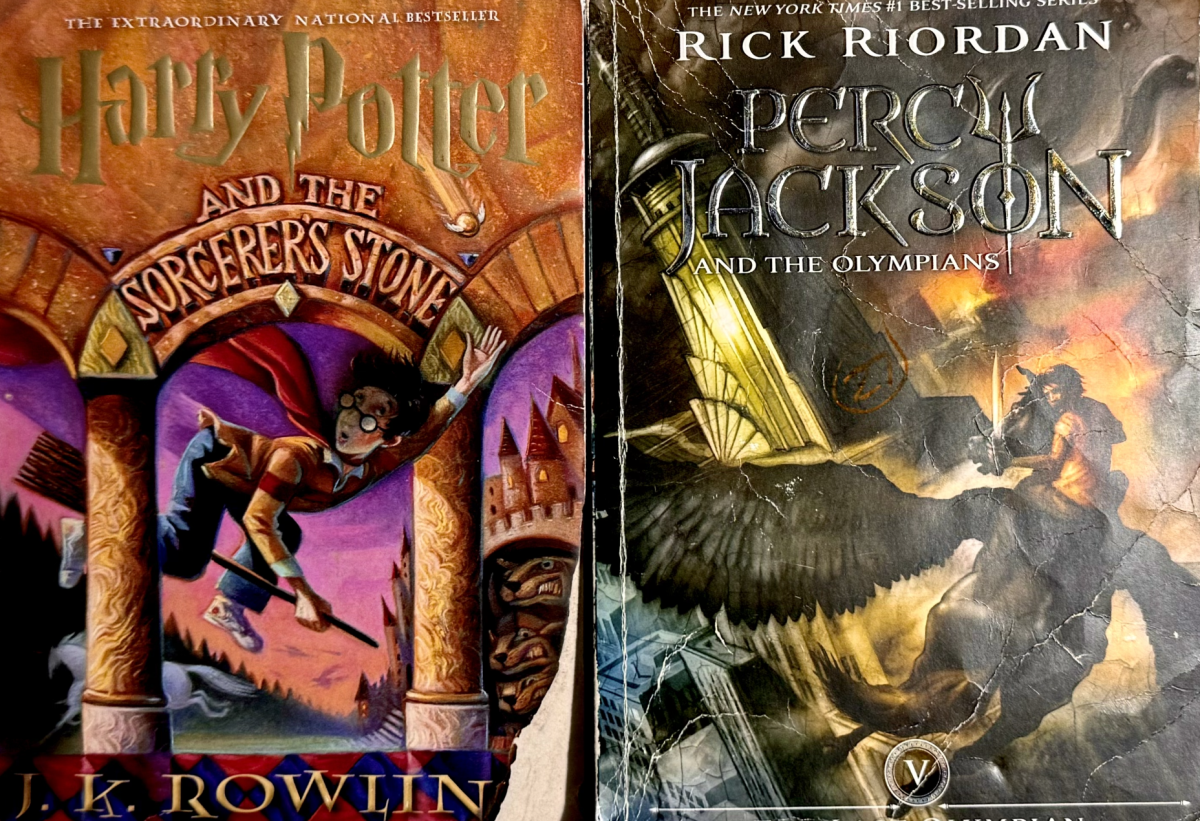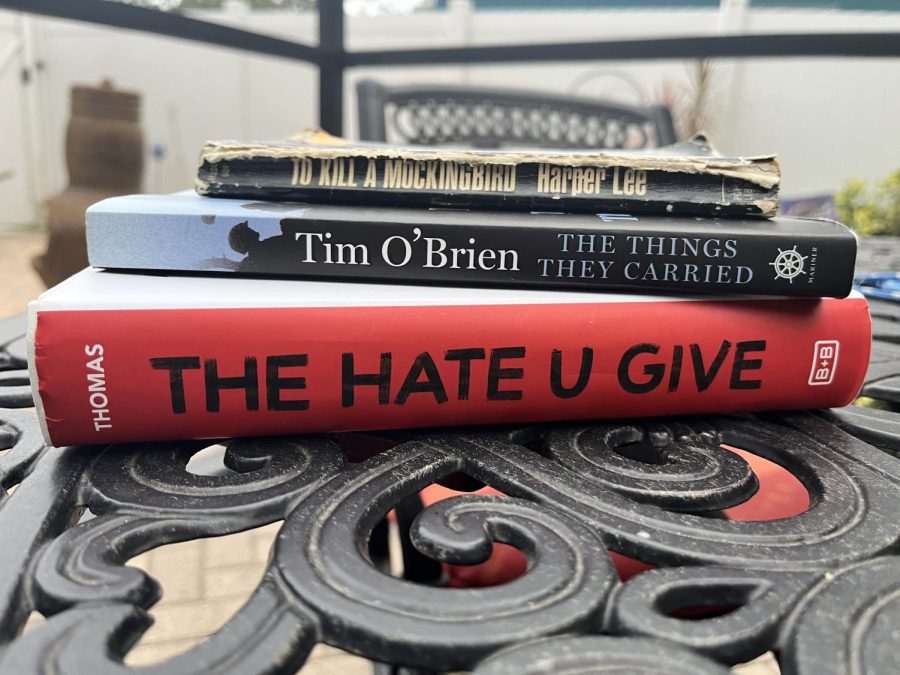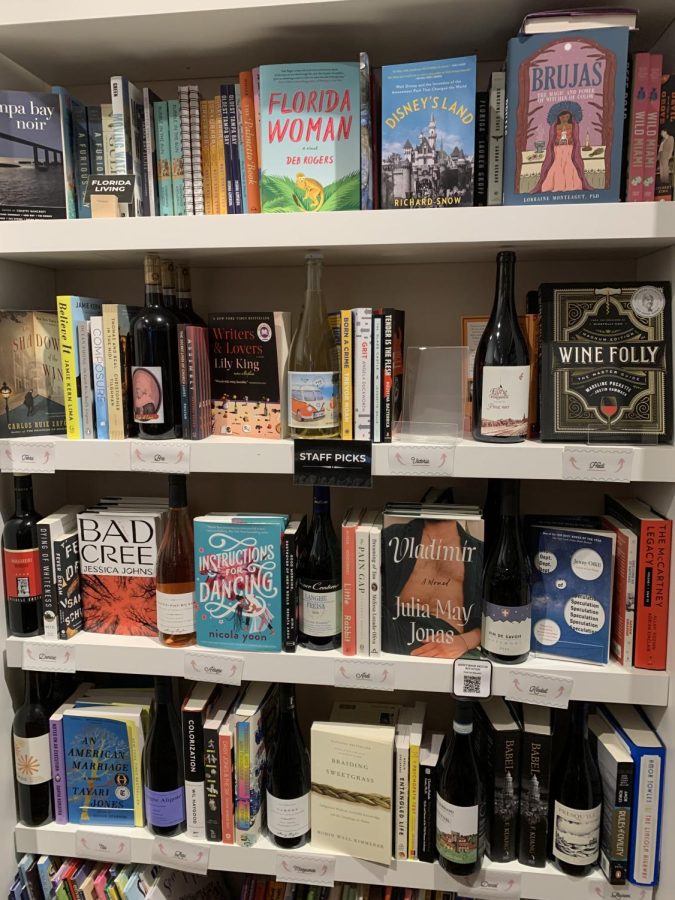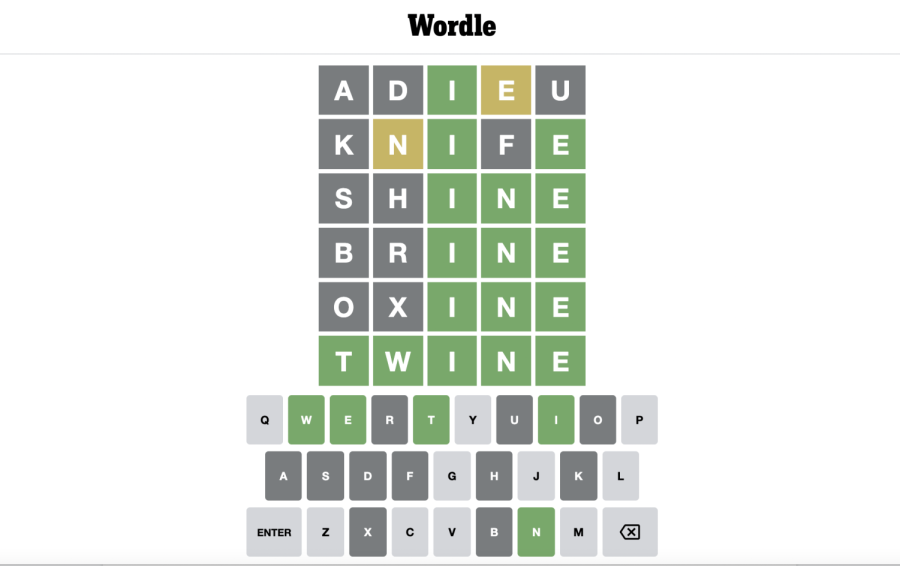Comic books, up until the 90’s, used to be sold everywhere and for under a dollar. Now, the online market is the most reliable place to go, and if you want to buy in person you might only find a couple of shops that aren’t even guaranteed to have the copy you want. What’s more, the price of comics now is excessive both relatively to the cost of traditional books or Graphic novels, and when compared to its past average. But why is that? Graphic novels – comic’s longer, more plot-heavy cousin – have managed to sustain popularity since emerging in the ‘70s and becoming more mainstream in the 2000’s. Meanwhile, comics suffered a dramatic decrease in sales after the 80’s and, while there is definitely still a love for them, they are mostly seen as collectors items rather than casual content. This article will be exploring the neglected story-telling medium with input from David Finley, owner of Feed Your Imagination ‘Comics & Other Cool Stuff’.
The main factor to consider is, of course, accessibility. Barnes & Noble and other local bookstores make it easy to get the book you want, when you want it, but this is not extended for comics. According to David Finley, “When I was younger, comics were much more prevalent as… comics were pretty much everywhere. They were at convenience stores like at 7-11 they would have what they would call a ‘spinner rack’ and they would have magazines and one was just for comic books. They used to have a whole aisle of just magazines and comics so there were a lot more places to get them.” While online shopping is very common, many products benefit from being easily accessible and something you can get sooner rather than later. While comic stores are more likely to have more variability in their comics than what could be found on spinner racks, the diminishing availability of comics is a significant component in them now being a rather niche hobby.
Another factor is the sheer amount of comics you need to follow a chronological time line. As most comics are about 20-30 pages give or take, comic series that follow certain characters or stories can get into the hundreds or even thousands if you want to read about a certain universe such as Marvel or DC. This, compounded with the how difficult it can be to get your hands on certain comics, can make it difficult to get invested in for those who want to read a story from start to finish. The up-side,however, is that with a lot of older comic stories, you don’t necessarily need to read each comic in the order it came out to stay in tune. Often, there are specific significant arcs or plot lines to read but otherwise you can pick up any comic and enjoy what it has to offer. As opposed to most books and graphic novels where, without the exposition and reading order it is difficult to grasp the events of the story.
Then, there’s the price. On average, comics will cost around 5 dollars. As with any collectible, however, the more rare it is, the better condition, and the year it was released are also factors that can greatly increase the value. While 5 dollars may seem great for a story in comparison to the more expensive cost of books, when you look at it relatively, this is an enormous increase. Most books tend to be about 200-400 pages. With an average price of 20 dollars in most book stores, this amounts to a cent or even less per page. This is a similar case with graphic novels with certain exceptions which even then only increase to 2 cents per page. However, when you look at comics with about 20-30 pages per issue, that amounts to about 16 cents to a quarter – the amount a single comic used to cost before the ‘90s – per page. If the average book had that same ratio, books and graphic novels would at least be 50 dollars on the shorter end, and 100 dollars on the longer one. This is to say that, while 5 dollars may not inherently be a large investment, this is a steep increase from what it was and what other mediums of story-telling tend to be. If you also consider the amount of comics you would need to buy to read a cohesive story-line or to keep busy, the price can easily stack up, making this a pricey hobby.
However, while comics have become a bit more high maintenance, the stigma surrounding comics and comic readers has dramatically changed over the years as well. As David Finley comments “it wasn’t cool… when I was a kid you didn’t tell anyone you read comics because especially as you got older, if you did, the guys would beat you up because you were so nerdy and you could forget about getting a date.” While reading comics certainly it not a very common pastime now, they no longer have this air of needing to be kept a secret either. This mainly comes from the popularity of movies that adapt original comic stories, the most well-known of these being the MCU. As these stories are filmed and distributed in a medium that is more digestible for the masses, they are appreciated more which has definitely impacted how comics are viewed in pop culture shown by people wearing clothing with comic designs, using comic prints for decoration, or simply being more inclined to show interest in comic plots that may not have been adapted yet. Another significant influence on this change in dynamic is the Spider Verse movies. The soon-to-be trilogy uses comic style animation to share the stories of the different comic spider-people, even using the abandoned Comic Code Authority stamp at the beginning of each movie. Popular media such as this has cleared the name of comic books in a way, showing their true novelty.
The FYI store was opened by David Finley in June of 2017 and is one of the only ones we have here in St. Pete. What makes Finley’s store different is the selling of mainly back-issues along with a selection of graphic novels, figures, “& other cool stuff.” Whether a current comic reader, someone interested in the medium, or simply visiting a new store, FYI is definitely a place to check out. Another advantage is the care the owner has for his shop as Finley states “I always wanted to have a shop and I never thought I’d get that opportunity… It’s fun talking to people about something they’re passionate about… people are coming here because they like comics and they want to have fun and it’s really enjoyable working with people that way.” It is shops like these that keep comics alive despite what has made it so difficult to maintain. Regardless, comics, like any medium of content absorption, have their own benefits that make them a worthy option among books, movies, shows, graphic novels, and more. They deserve to be explored and, hopefully, with the help of stores both in person and online, anyone who wants to can.




